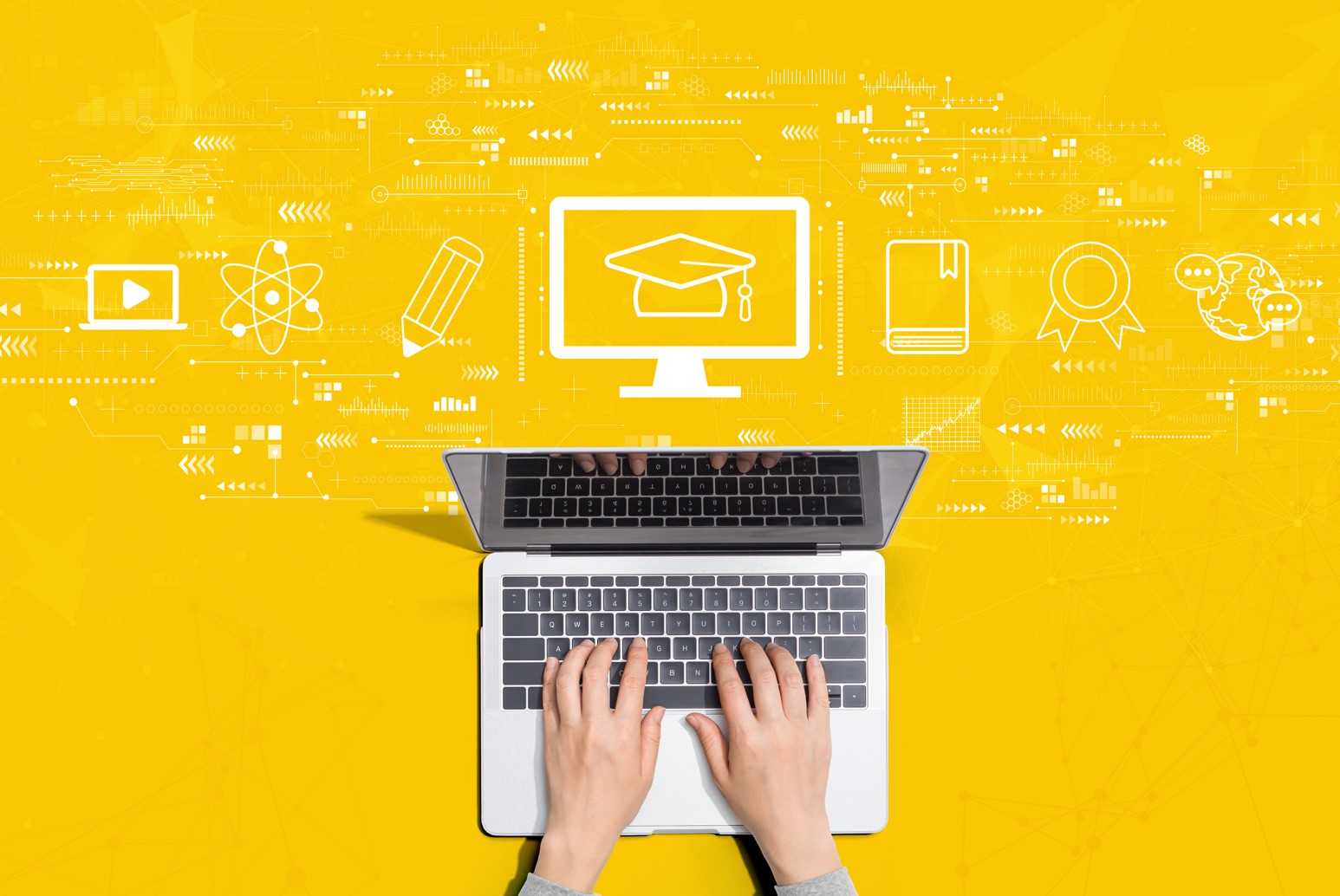Game-based eLearning and gamification are two terms that are often used in a familiar context. However, the two processes are not the same thing. Game-based elearning refers to an instructional design approach that incorporates game elements into learning environments to increase learner engagement and retention. Gamification is a type of game-based learning in which points, badges and rewards are used as motivators to change behavior or improve performance.
Although both gamification and game-based learning use games or game-like elements, they are different in terms of their approach and objectives. Gamification is commonly used to motivate and engage users by adding fun and interactive elements in non-game contexts, while game-based learning focuses on using games to teach specific knowledge or skills.
Game-based learning encourages active learning
Game-based learning involves the use of real games as a teaching or training tool. This approach may involve creating educational games from scratch, modifying existing games to include educational content, or using commercial games for educational purposes.
Game-based learning can simulate real-world scenarios, allowing learners to practice and apply their knowledge and skills in a safe and controlled environment. This type of learning provides a sense of achievement and progress, motivating learners to keep learning and improving.
Using gamification elements in eLearning: engaging and effective learning
Gamification involves adding game-like elements such as badges, points or leaderboards in non-game contexts to motivate and engage users. For example, our eLearning app, mindclass, uses gamification by awarding badges for achieving certain milestones or creating a leaderboard to encourage friendly competition between users.
Here are some of the main differences between gamification and game-based features in eLearning
Objectives
Gamification is commonly used to motivate and engage learners by adding fun and interactive elements in non-game contexts, while game-based features focus on using games to teach specific knowledge and skills.
Learning achievements
While both approaches can be effective in promoting learning outcomes, game-based features are typically more effective in teaching specific skills and knowledge, while gamification is more effective in increasing motivation and engagement.
Flexibility
Gamification is often more flexible and adaptable than game-based features because it can be added to existing eLearning courses or programs without requiring significant changes to content or structure.
How can mindclass help you?
mindclass offers courses that use gamification elements so that you can deliver and create customizable courses according to the specific requirements and needs of each type of business.
We reward the best learners with digitally signed certificates, certificates or diplomas, depending on the skills acquired and level of knowledge. Through the gamification process, we support the promotion of healthy competition between learners by awarding badges, encouraging users to earn points and creating leaderboards based on them.





